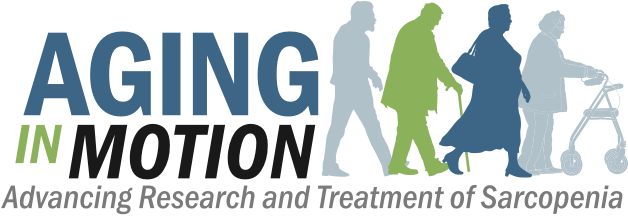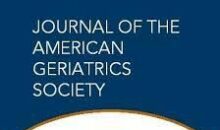Promising research reveals connections between muscle genes and the aging process
A new Emory University study reveals that there is more to muscle function than exercise alone: it’s in the genes.
The scientists of the study identified a set of genes in fruit flies that specifically determines the health and function of muscle. The study revealed that while certain mutations in the genes sped up the aging process of muscles in some flies, those flies that produce greater amounts of the gene lived 50% longer than regular flies – with greater protection of their muscle function and reduction of harmful bodily stress.
The functioning of the genes is related to the presence of a protein found in mitochondria that protects cells against oxidative stress. Mitochondria are what give cells energy and are most abundant in muscle tissue. The findings are different from previous studies on life span, including those involving insulin-signaling or caloric restriction studies.
“The role [that] oxidative stress plays in aging is well-known, so its involvement here was not a surprise,” says Subhabrata Sanyal, PhD, assistant professor of cell biology at Emory University School of Medicine and senior author of the study. “I think what’s new here is finding a genetic pathway regulating aging that is specific to muscles and separate from insulin signaling.”
The study underscores the need for continued investment in research and innovation, specifically in the area of muscle conditions like sarcopenia. With millions of Americans struggling with age-related muscle loss and the resulting reduction of independence and physical function, it is crucial that the medical and research communities have access to the resources needed to understand the complexities of sarcopenia and related conditions. More research means better assessment tools, which in turn lead to better patient care and quality of life for people as they age.

